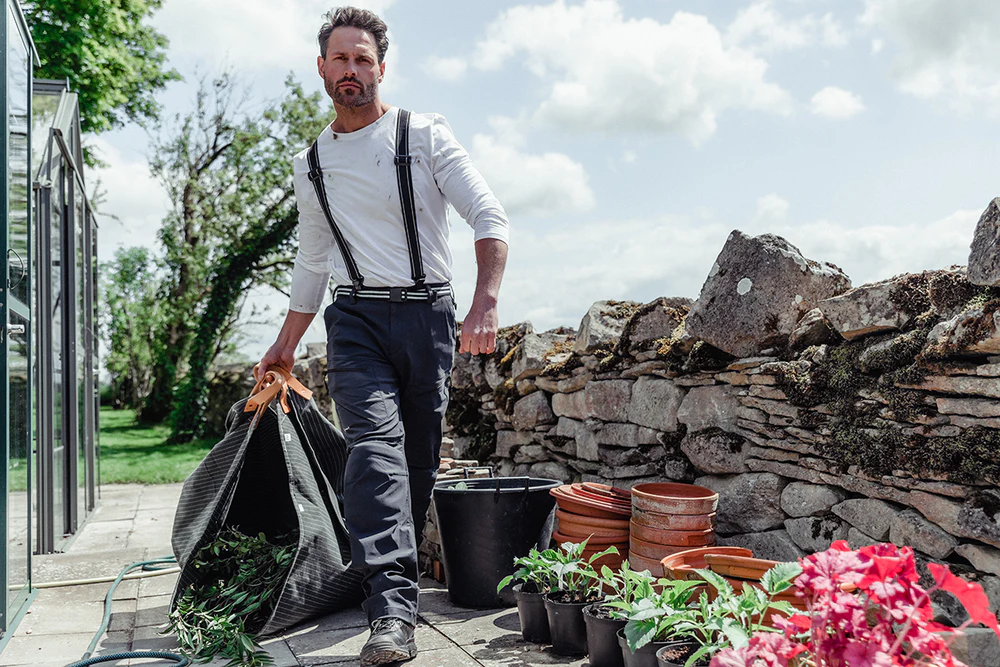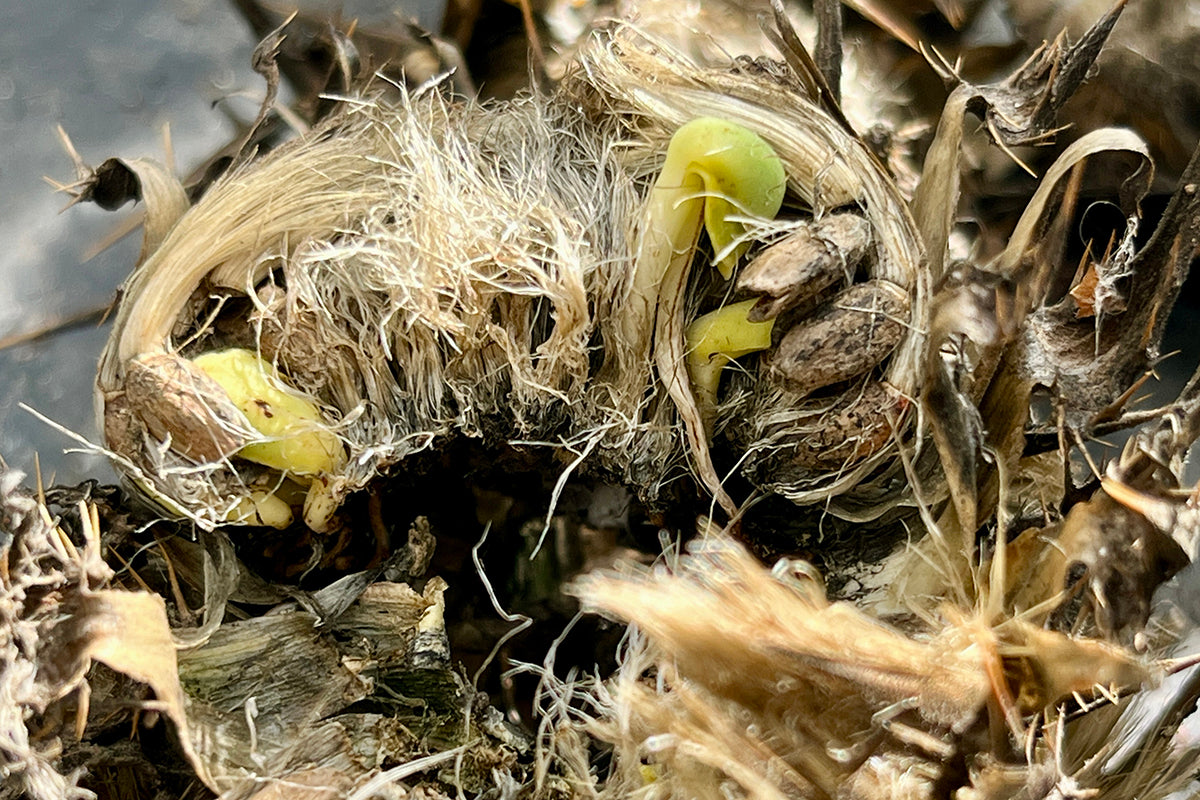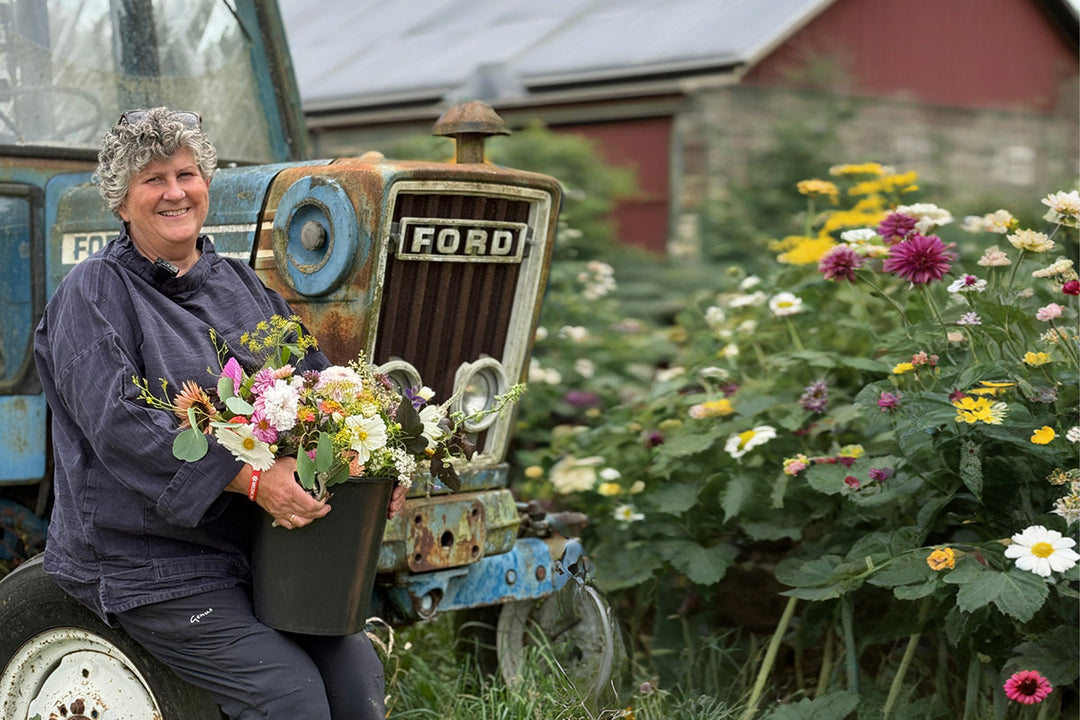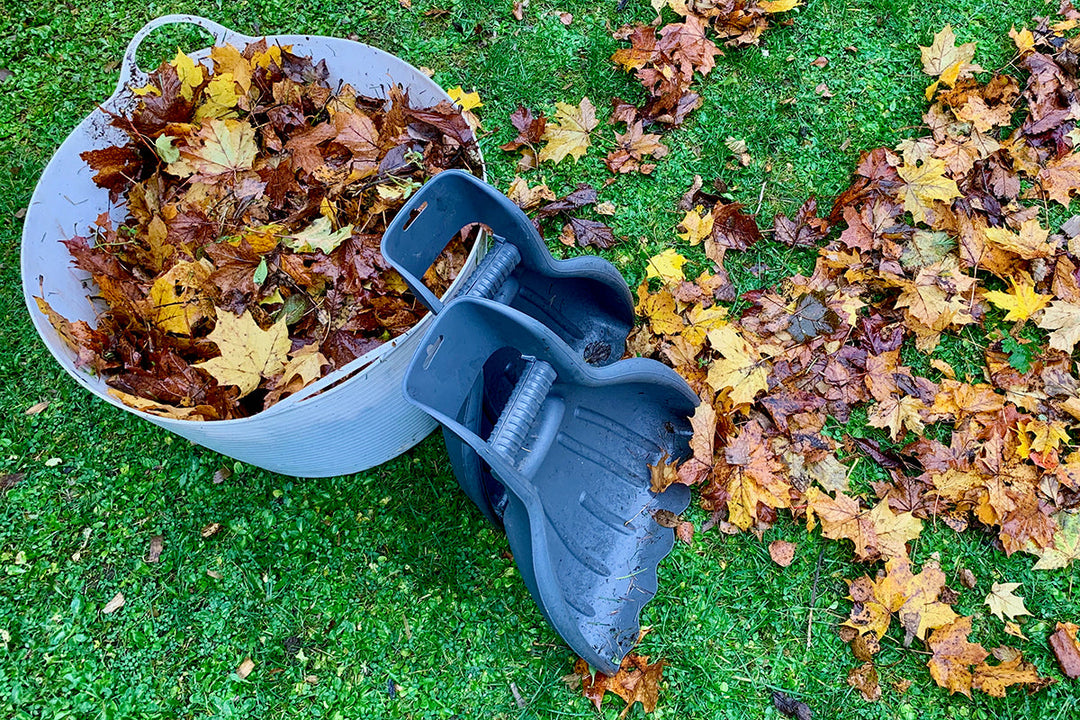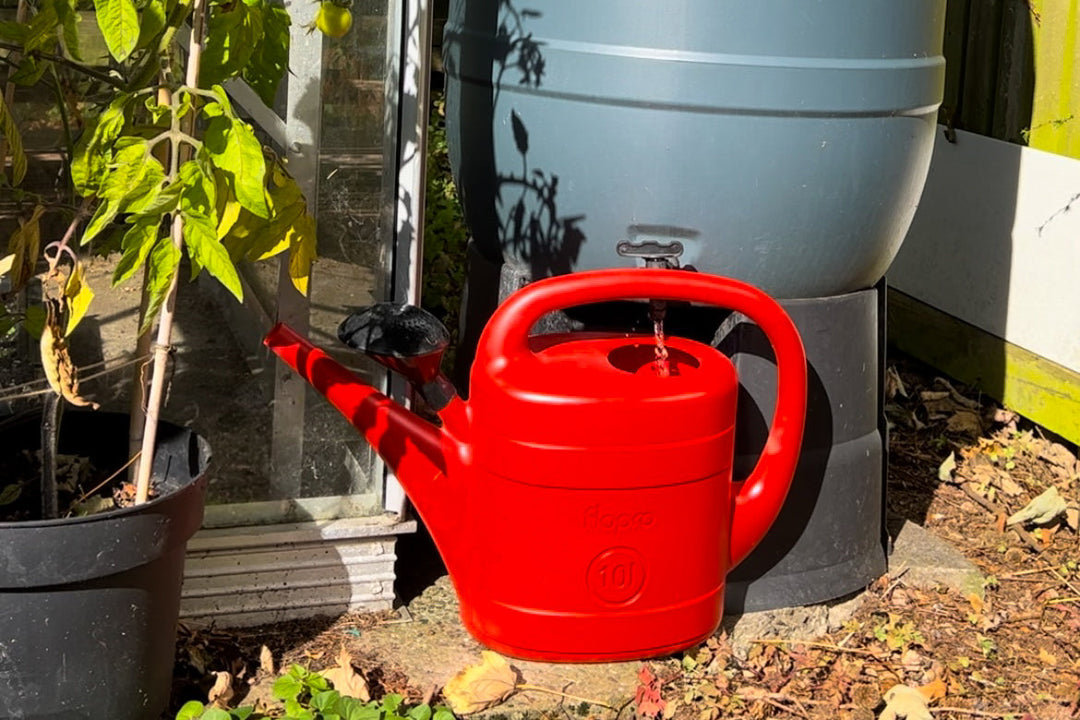Plant folklore - orchids
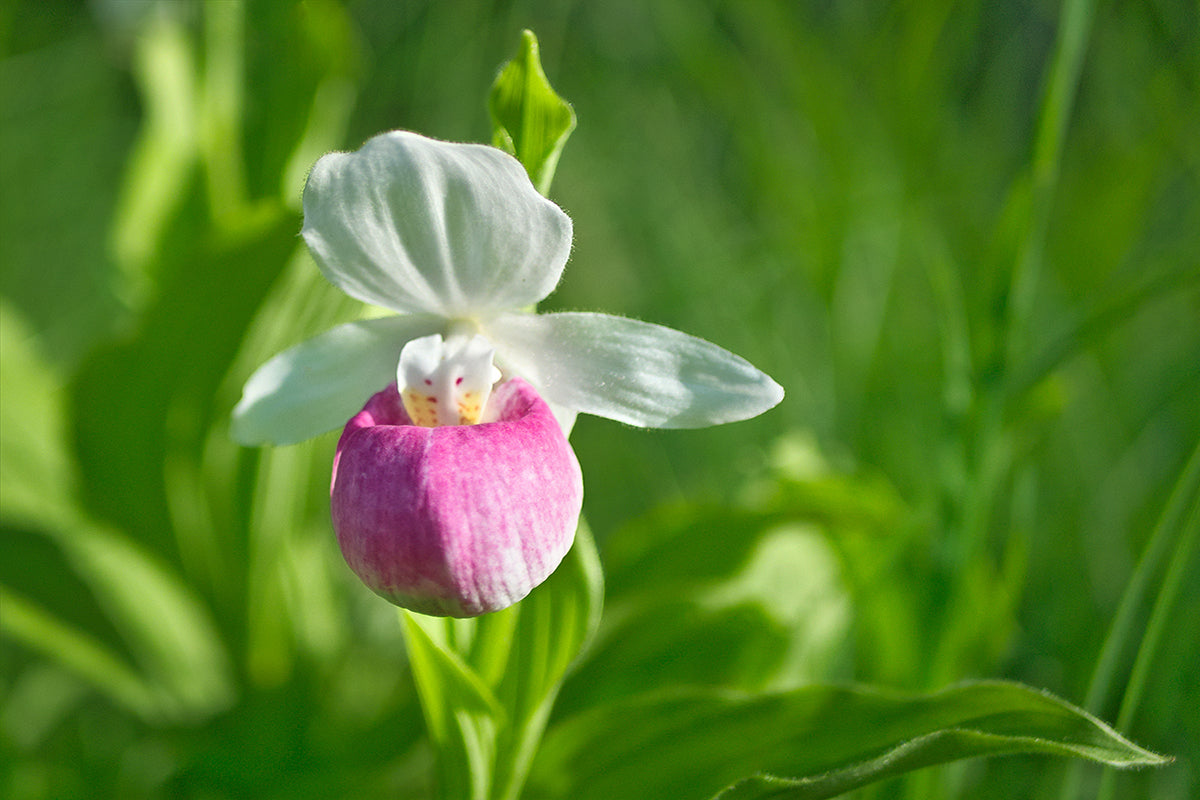
We find there's always something magical about stumbling across orchids during a countryside walk. With their stunning flowers they’ve been weaving their way into our stories and folklore for centuries.
The word ‘orchid’ itself comes from the ancient Greek ‘orchis, meaning testicles - a reference to the bulbous roots that many species develop underground. This anatomical connection wasn't lost on our ancestors, who quickly made a connection between the plant and matters of love and sex.
Irish women, particularly around Cork and Kerry, would grind orchid roots into powder, believing it would bewitch any man they hoped to marry. In Donegal, the ritual was even more dramatic - a woman would present a potential suitor with two orchid tubers. One supposedly inspired deep love, while the other would drive him completely mad.
Some orchids develop peculiar hand-shaped stems called pseudobulbs, which medieval Europeans gave names like ‘hand of death’ or ‘hand of the dead virgin.’ Despite these somewhat ominous titles, people actually carried them as protective charms. Scottish highlanders wore early purple orchids for good luck, while across the North Sea, Norwegians buried the tubers at their doorsteps during St. John's Eve to keep evil spirits at bay.
Christianity put its own spin on orchid symbolism. Those distinctive spotted leaves of the Early Purple Orchid? Believers claimed they were stained with Christ's blood from Calvary. The Scots had a particularly poetic name for this flower ‘Gràdh is Fuadh,’ meaning ‘love and hate’, because they thought the larger tuber brought love while the smaller one stirred up hatred.
The Romans were very fond of mythology and decided orchids must be the preferred snack of rowdy woodland spirits well known for their wild parties and excessive drinking.
Victorian England was obsessed with flower meanings, and treated orchids as symbols of luxury and refinement. Different species carried specific messages. Lady's Slipper Orchids represented ‘capricious beauty,’ while the ghostly white varieties made people think of death and supernatural encounters.
A surprise for some, vanilla, a popular flavouring especially of ice cream, comes from an orchid! Those long, dark pods you see in gourmet cooking or presented in a plastic tube at the delicatessen are the seed pod of the vanilla orchid, Vanilla planifolia. About three-quarters of the world's supply comes from Madagascar and Réunion Island 400 miles to the east. An ancient Mexican legend about vanilla's origins tells of Princess Morning Star, devoted to the goddess Tonacayohua, falling for Prince Young Deer. When they were caught trying to elope, both were executed, and from their spilled blood grew the first vanilla orchid vine, producing pods the locals called ‘nectar of the gods.’
Research has uncovered traditional uses for 62 different native orchid species across European countries. Most of these are the tuberous varieties, and people have mainly harvested the roots. The primary use was making salep, a starchy powder used in drinks and even ice cream. They were also employed as a medicinal food, and occasionally found their way into rituals, medicine cabinets, or simply as decorative objects.




